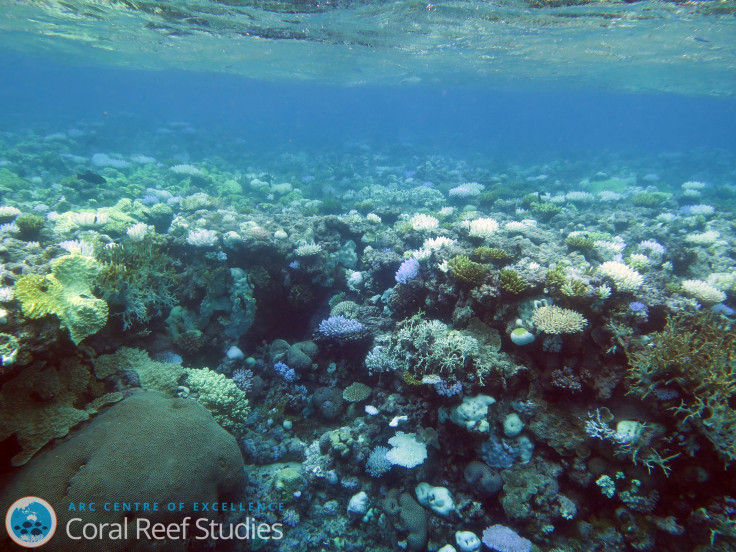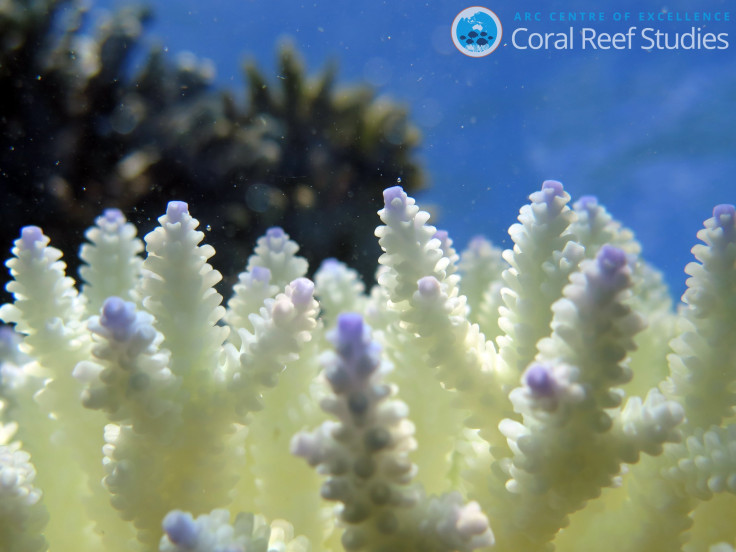Over 90% Of Great Barrier Reef Corals Are Now Bleached, Survey Reveals

Days after scientists documented widespread coral bleaching in the iconic Great Barrier Reef, the true extent and severity of the disaster has finally been revealed. According to a new report by the ARC Center of Excellence for Coral Reef Studies, up to 93 percent of the reef, which stretches over 1,400 miles along Australia’s northeast coast, is suffering from some level of bleaching, with the northern regions being the most affected.

“We’ve never seen anything like this scale of bleaching before. In the northern Great Barrier Reef, it’s like 10 cyclones have come ashore all at once,” Terry Hughes, convenor of Australia’s National Coral Bleaching Taskforce, said in a statement released Wednesday. “We have now flown over 911 individual reefs in a helicopter and light plane, to map out the extent and severity of bleaching along the full 2,300 km length of the Great Barrier Reef. Of all the reefs we surveyed, only 7 percent (68 reefs) have escaped bleaching entirely. At the other end of the spectrum, between 60 and 100 percent of corals are severely bleached on 316 reefs, nearly all in the northern half of the Reef.”
Coral reefs, which are delicate marine biodiversity hotspots where corals grow in symbiosis with algae, become bleached when they are stressed — due to a rise in ocean temperatures, acidity, or both. This expels the symbiotic algae living in corals’ tissues, causing them to turn completely white.

The Great Barrier Reef, which is the largest living structure on the planet, consists of nearly 3,000 individual reefs. The region serves as a habitat for nearly 100 species of jellyfish, 3,000 varieties of mollusks, 1,600 types of fish, over 130 varieties of sharks and rays, and more than 30 species of whales and dolphins.
Human-induced climate change, coupled with the effects of El Niño, is now believed to be responsible for the rise in sea temperatures that triggered the bleaching event in the Great Barrier Reef.
“At some reefs, the final death toll is likely to exceed 90%. When bleaching is this severe it affects almost all coral species, including old, slow-growing corals that once lost will take decades or longer to return,” Andrew Baird from the ARC Centre of Excellence for Coral Reef Studies, said in the statement.
© Copyright IBTimes 2025. All rights reserved.






















